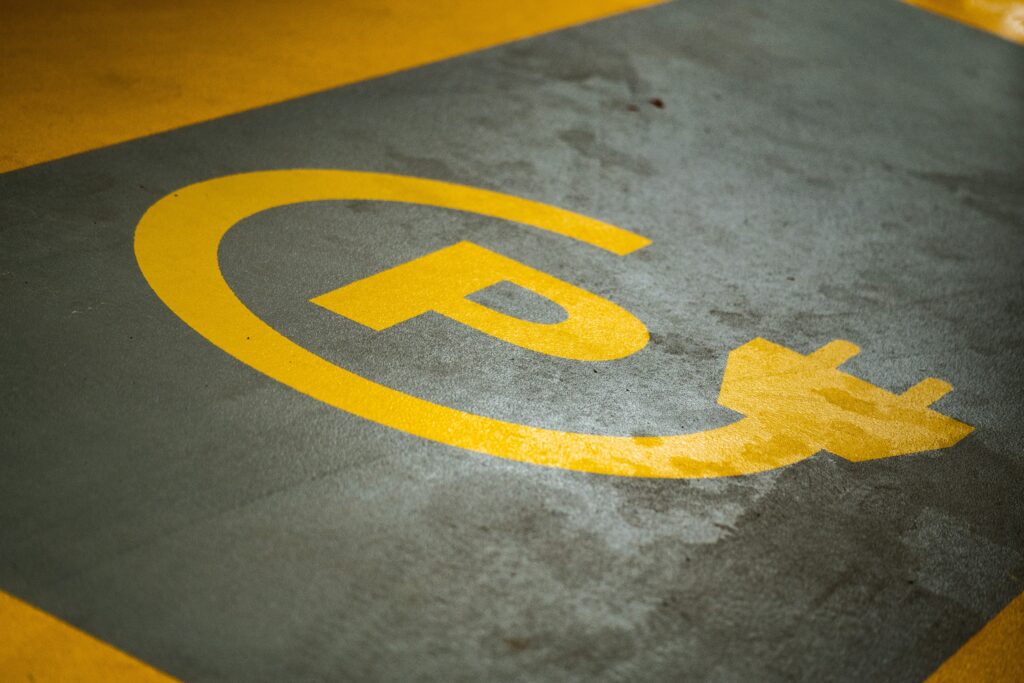Mixed-Energy Fleets on the Rise: Survey Finds 80% of Global Commercial Fleet Leaders Aim for at Least 25% of Their Fleets to Be EVs by 2030
Conducted by Frost & Sullivan and commissioned by WEX, the report offers insights for organizations managing mixed-energy fleets across markets in Europe, North America, and Asia-Pacific
A new study by Frost & Sullivan commissioned by WEX, the global commerce platform simplifying the business of running a business, reveals that mixed-energy fleets are projected to increase given anticipated commercial EV adoption rates. According to the study, 80% of mixed-energy fleet operators intend for at least 25% of their fleets to be comprised of electric vehicles (EVs) by 2030 and 42% stated that half or more of their fleet would be composed of EVs by 2030.
“The Commercial EV Transition: Global Insights on a Mixed-Energy Fleet Future,” a 2024 global survey, offers comprehensive insights for organizations to navigate and capitalize on the shift to electrification in Europe, North America, and Asia-Pacific. The transition to a mixed-energy fleet – which integrates both EVs and internal combustion engine (ICE) vehicles – is not a one-time switch but a gradual process. Adoption rates for EVs can vary significantly depending on factors such as the region, industry, and an organization’s scope and size. Understanding the underlying dynamics can be crucial for optimizing operations and achieving long-term benefits.
“Organizations know EVs can benefit commercial fleets, but electrification is a gradual process that involves more than just vehicle replacement,” said Carlos Carriedo, Chief Operating Officer, Americas Payments & Mobility at WEX. “This report’s findings indicate a fleet manager’s focus isn’t on ‘if’ or ‘when’ to transition but on ‘how best.’ A key strategy is recognizing the value of mixed-energy fleets for a smooth and effective shift to electrification.”
“Operators will maintain a mix of traditional and electric vehicles for the foreseeable future, introducing complexities in operations, infrastructure, energy sourcing, and payments,” Carriedo continued. “A mixed-energy fleet approach mitigates risk, allowing businesses to adapt, learn, and, if they desire, transition fully to electric mobility when the infrastructure is ready.”
Key findings include:
- Decarbonization is the key driver of the transition: 70% say it is an “important” or “cornerstone” component of their business strategy, and only 3% are not considering decarbonization at all. This underscores its importance to organizations’ strategies for cost savings, sustainability, and brand image.
- Operational efficiency is paramount during the transition: Despite electrification challenges such as high upfront costs (64%), 50% of surveyed organizations have already invested in charging infrastructure.
- Streamlining charging and payments is crucial: A substantial proportion (78%) of organizations have charging on-site, though charging en-route and at home were also widely used. Ninety percent of fleets have the same payment options for Internal Combustion Engine (ICE) and EVs. Dual ICE/EV payment card availability ranks as the top influencing factor when choosing a payment card.
- Smart digital solutions could help future-proof fleets: Over half of the respondents (58%) struggle with route planning, while 49% struggle to collect data, and 40% face challenges integrating fleet management software for ICE vehicles and EVs.
“The findings indicate that while the transition to EVs is underway, it’s not without challenges. With 78% of fleets charging onsite and 62% using public facilities, issues like identifying the best use cases, the best vehicles for those use cases, and the best charging strategies for those vehicles across a complex public and private infrastructure are significant,” said Jay Collins, SVP & GM, EV & Mobility at WEX. “The mixed fleet adoption strategy enables businesses to acclimate to the nuances of EV integration gradually, ensuring operational efficiency throughout the transition period.”
The report also highlights the broader industry implications, noting that the top three challenges for fleet operators are the cost of fuel (67%), operational costs (66%), and profit margins (59%). These challenges reflect fleet managers’ pressures to manage expenses and maintain profitability while transitioning to new technologies and sustainable practices.
With over four decades of expertise and experience in managing how fleet data flows through an organization, WEX is now integrating EV into that experience to help organizations effectively adopt and manage the mixed-energy fleet transition lifecycle to drive their financial, operational, and sustainability goals, backed with WEX’s continued commitment to data security and privacy. WEX has over 600,000 commercial fleet customers worldwide, including more than 19.4 million vehicles serviced globally as of Q2 2024.
About the Fleet Study
These are the findings of a Frost & Sullivan study commissioned by WEX between February-March 2024. Frost & Sullivan interviewed mixed-energy fleet operators from over 500 organizations across seven markets in Europe (273 respondents), the United States (110 respondents), and two markets in Asia-Pacific (120 respondents) about their journey toward electrification. Each decision-maker surveyed had at least one EV in their fleet when surveyed.
A free copy of “The Commercial EV Transition: Global Insights on a Mixed-Energy Fleet Future”’ can be downloaded here.
Category: Driver Stuff, Electric Vehicles, Engines & Drivetrains, Equipment, Featured, Fleet Diagnostics & Software, Fleet Maintenance, Fuel & Oil, General Update, Green, News, Shop Stuff, Tech Talk, Vehicles











